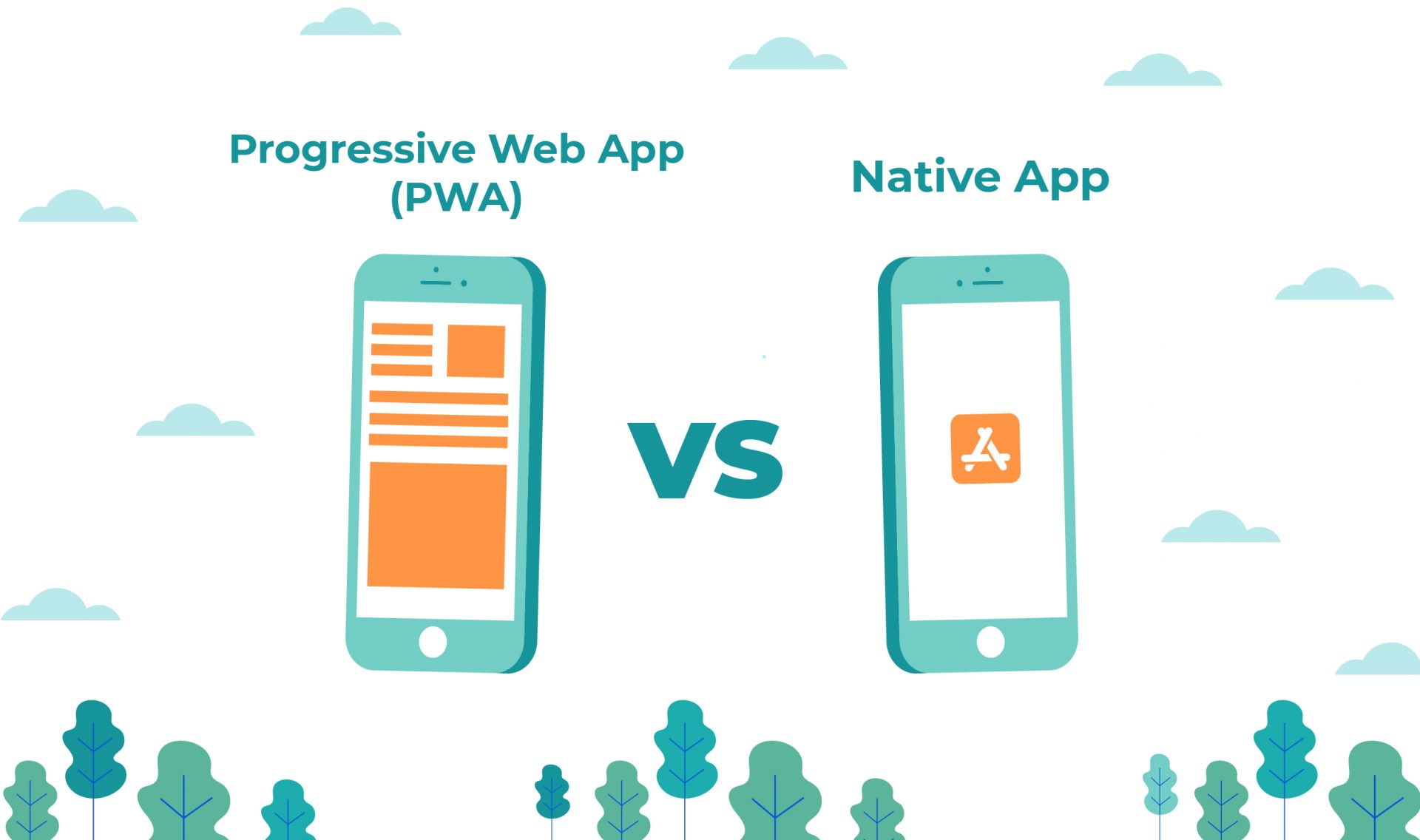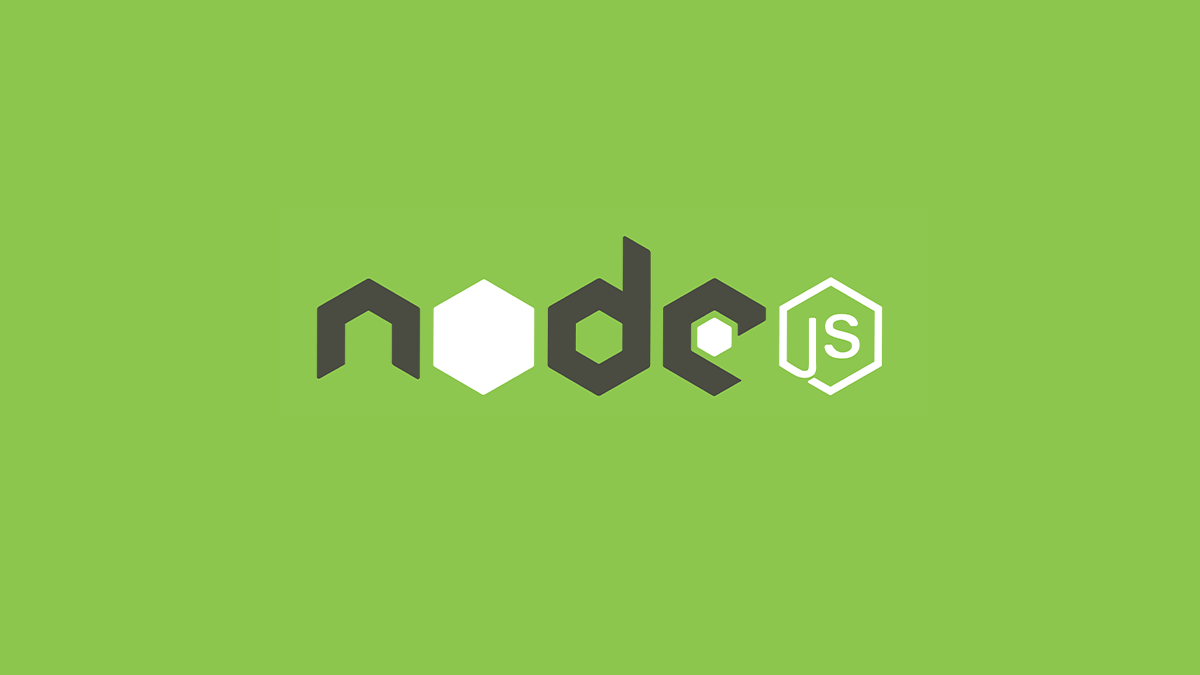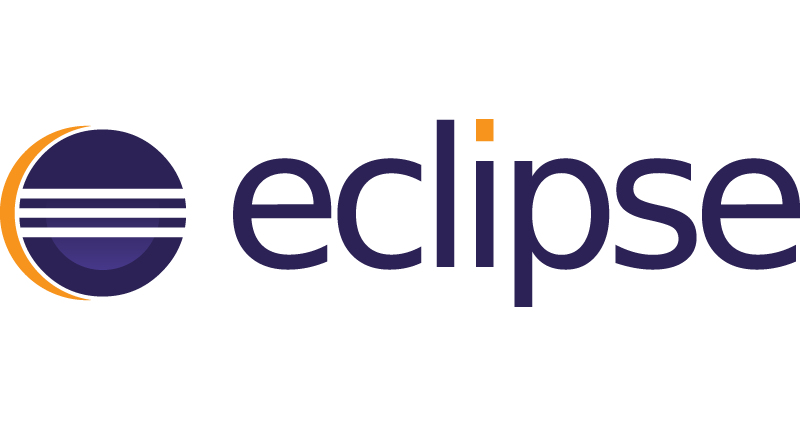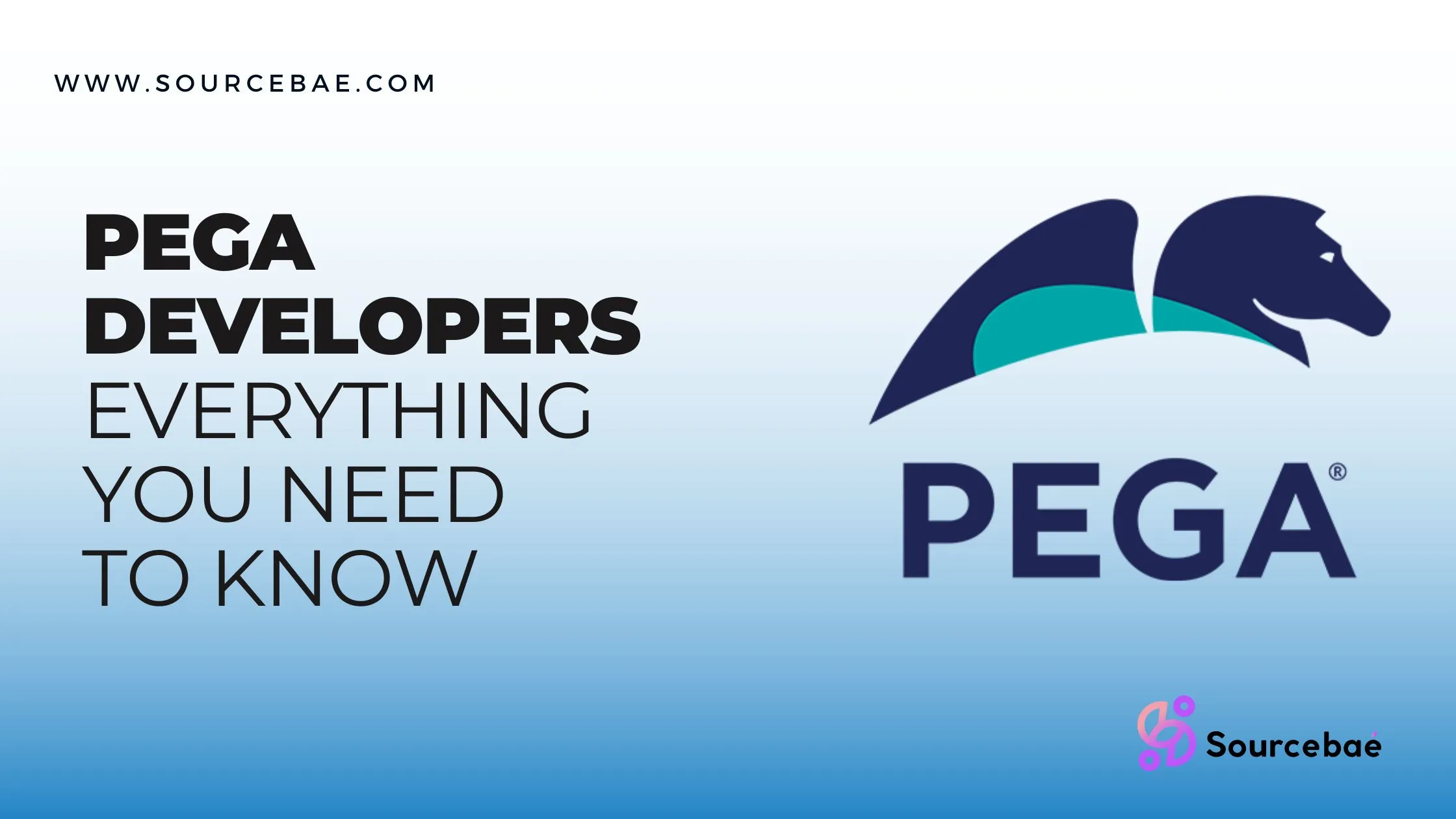Progressive Web Apps vs Native Apps

In today’s fast-paced digital world, mobile apps have become an integral part of our daily lives. Businesses and developers are continually seeking the most effective ways to deliver top-notch user experiences. Two popular approaches have emerged: Progressive Web Apps (PWAs) and Native Apps. In this comprehensive guide, we will explore the critical aspects of PWAs and Native Apps, highlighting their differences, advantages, and use cases. Whether you’re a developer, a business owner, or a curious user, this article will help you navigate the landscape of Progressive Web Apps vs Native Apps.
Progressive Web Apps vs Native Apps
Progressive Web Apps (PWAs) and Native Apps are two distinct methodologies for creating applications that run on mobile devices. They offer unique advantages and cater to different use cases. Let’s delve into each of them:
Progressive Web Apps (PWAs)
Progressive Web Apps are web applications that utilize modern web technologies to offer an app-like experience to users across various devices and platforms. PWAs are designed to be responsive, reliable, and engaging, making them an excellent choice for businesses looking to reach a broader audience seamlessly.
1. Embracing Web Technologies
PWAs are built using standard web technologies such as HTML, CSS, and JavaScript, which ensures they are compatible with most modern browsers.
2. Responsive Design for All Devices
PWAs automatically adapt to different screen sizes, providing a consistent user experience on smartphones, tablets, and desktops.
3. Enhanced Performance
PWAs are known for their speed and performance. They leverage features like service workers to cache data, enabling offline access and reducing load times.
4. No Installation Hassle
Unlike traditional apps, users don’t need to install PWAs from app stores. They can be accessed directly from a web browser, eliminating installation barriers.
5. Low Data Usage
PWAs consume less data compared to Native Apps, making them ideal for users with limited data plans.
Native Apps
Native Apps, on the other hand, are applications specifically developed for a particular platform, such as iOS or Android. They are downloaded from app stores and reside on the user’s device, providing high performance and access to native device features.
6. Platform-Specific Experience
Native Apps are optimized to deliver the best user experience for each platform, taking advantage of platform-specific features and functionalities.
7. Full Access to Device Features
Developers can access a wide range of device features, like GPS, camera, and push notifications, creating immersive and feature-rich experiences.
8. Superior Performance
Native Apps are compiled into machine code, resulting in faster execution and smooth interactions.
9. App Store Visibility
Being listed on app stores increases visibility and discoverability, potentially attracting a broader audience.
10. Enhanced Security
App store review processes and sandboxed environments contribute to better security for Native Apps.
Progressive Web Apps vs Native Apps: Key Differences
Now that we’ve explored the essence of PWAs and Native Apps, let’s dive deeper into their differences, advantages, and suitable scenarios.
11. Connectivity and Offline Access
One of the most significant distinctions between PWAs and Native Apps lies in offline access. PWAs leverage service workers to cache essential assets, ensuring that users can access the app’s core functionalities even without an internet connection. On the other hand, Native Apps typically require separate implementations for offline access, making PWAs more robust in areas with unreliable connectivity.
12. Installation and Updates
As mentioned earlier, PWAs do not require installation from an app store. Users can access them through a web browser, and updates occur automatically as users revisit the app. In contrast, Native Apps necessitate app store installations and updates, which can lead to user friction and delayed updates.
13. App Store Restrictions
While PWAs offer more flexibility, Native Apps must adhere to strict guidelines and policies enforced by app stores. This can cause delays in the app’s release and hinder the implementation of certain features.
14. Discoverability and Linkability
PWAs are highly discoverable as they are accessible via search engines. When users search for relevant keywords, PWAs can appear in the search results, attracting potential users organically. Native Apps, on the other hand, rely on app store optimization and external promotion for discoverability.
15. Storage Space
PWAs consume minimal storage space on the user’s device compared to Native Apps. This is advantageous for users with devices that have limited storage capacity.
FAQs
Q: What is the main advantage of PWAs over Native Apps?
A: The primary advantage of PWAs is their seamless offline access, thanks to service workers that cache essential assets. Native Apps often require separate implementations for offline access, making PWAs more reliable in areas with poor internet connectivity.
Q: Can PWAs access device features like GPS and camera?
A: Yes, PWAs can access some device features through APIs, but their access is limited compared to Native Apps, which have full access to native device features.
Q: Which platform should I choose for my app: PWA or Native?
A: The choice between PWA and Native depends on your specific use case. If you prioritize cross-platform compatibility, broad accessibility, and faster development cycles, consider PWAs. For advanced features, superior performance, and platform-specific experiences, Native Apps are a better fit.
Q: Do PWAs work on all devices and browsers?
A: PWAs are compatible with most modern browsers, including Chrome, Firefox, Safari, and Edge. However, some older browsers might not support all PWA features.
Q: Are PWAs more cost-effective than Native Apps?
A: PWAs can be more cost-effective as they require a single codebase for multiple platforms. Native Apps, on the other hand, demand separate development efforts for each platform, increasing costs.
Q: Do PWAs need to be installed from an app store?
A: No, PWAs do not need installation from app stores. Users can access them directly through a web browser, which reduces friction and encourages quick adoption.
Conclusion
In conclusion, Progressive Web Apps (PWAs) and Native Apps offer distinct approaches to mobile app development, each with its own set of advantages and trade-offs. PWAs excel in cross-platform compatibility, seamless offline access, and enhanced discoverability, while Native Apps provide unparalleled performance and access to native device features. Choosing between PWAs and Native Apps depends on your specific project requirements and goals. Whichever option you go for, both have proven to be valuable tools for delivering exceptional user experiences in the ever-evolving world of mobile applications.




